Some regions have a higher likelihood of snake sightings than others. While homeowners are okay with birds and butterflies, they probably won’t welcome snakes in their property.
You can’t always have a snake catcher ready to leap into action, so why not conducting some preventive measures? For one, go ahead and pick among the top 7 plants that repel snakes.
Table of Contents
1. Marigolds

Marigolds are undoubtedly pretty flowers with their vivid yellow color, but these also release an odor that isn’t desirable to all. Insects and nematodes aren’t particularly fond of the marigold’s scent. Furthermore, farmers and homeowners alike use this against possible snake appearances.
There isn’t much scientific evidence backing up the efficacy of marigolds against snakes, but it’s a popular option due to its availability and affordability.
These plants can be bought at garden stores for transplanting, or you can start from seeds and sow them on your own. Marigolds require full sunlight and well-draining soil. Keep the soil moist through adequate irrigation.
2. Andrographis Paniculata
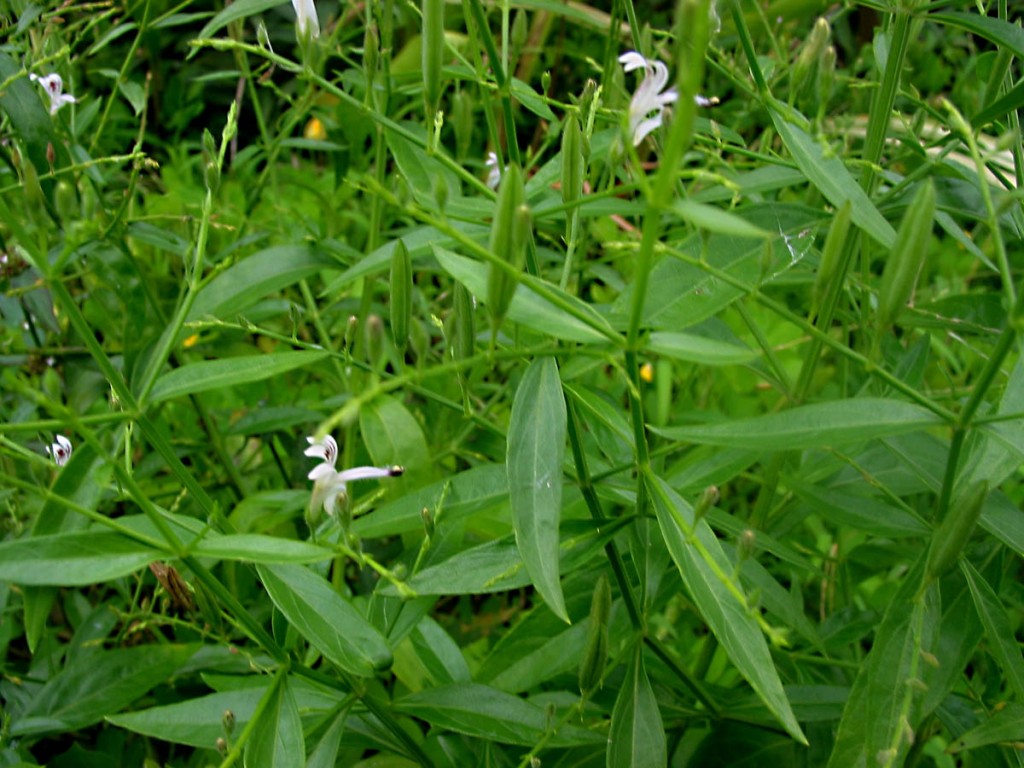
This herb is generally found in Asian countries such as India, Malaysia, and Sri Lanka. Similar to the marigold plant, the Andrographis paniculata is believed to be a good snake repellent. This could be due to the bitter taste of both the foliage and the roots.
People could also rub the Andrographis paniculata on the scales of a snake. This apparently causes the snake’s skin to become swollen. Furthermore, this plant is used as a traditional medicine for treating sinus infections and the common cold.
3. Indian Snakeroot
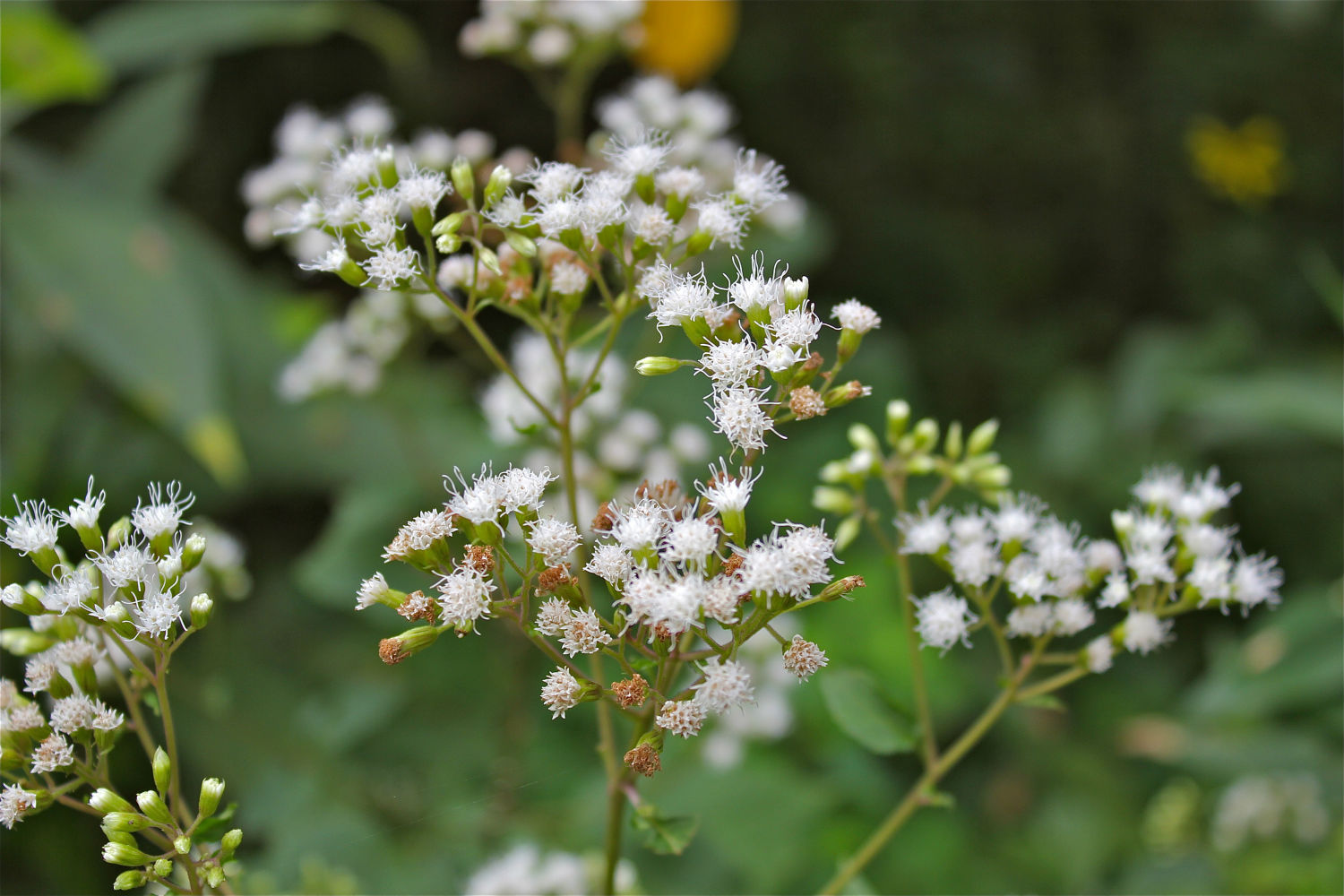
Also known as devil pepper or Rauvolfia serpentina, the Indian snakeroot is a plant used as a traditional medicine in India and other countries in East Asia. Both the foliage and the roots are used to repel snakes.
The Indian snakeroot contains reserpine, which is known to cause sleepiness and to slow down one’s heart rate. In addition, the Rauvolfia serpentina is used to treat snake bites. People either eat the foliage or rub them on the affected skin to hopefully cure themselves.
Here is a video of the Indian snakeroot:
4. Pink Agapanthus
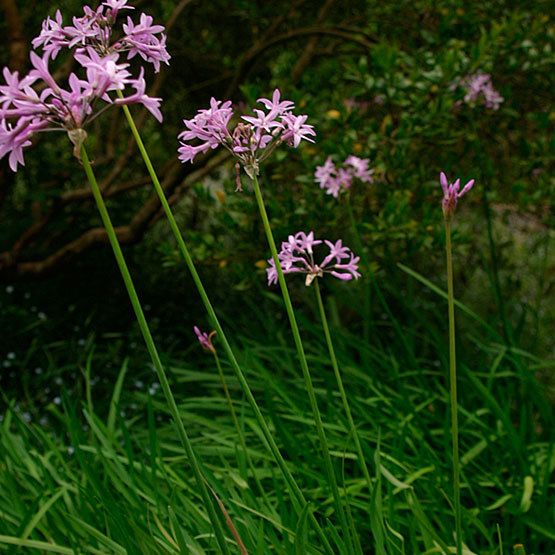
The pink agapanthus is also referred to as the Tulbaghia violacea or the society garlic. It has a great tolerance to significant heat and drought, which makes it perfect for the summer season.
Moreover, the pink agapanthus is used to treat headaches and sinus infections. You can even consume the foliage if you want. Aesthetically, the pink agapanthus looks great in anyone’s garden.
While this plant can repel fleas and mosquitos, it’s also good for keeping snakes away. The scent of both the flowers and the foliage can make the snakes irritated. Thus, you should consider placing the pink agapanthus in and out of your house.
5. Viper’s Bowstring Hemp
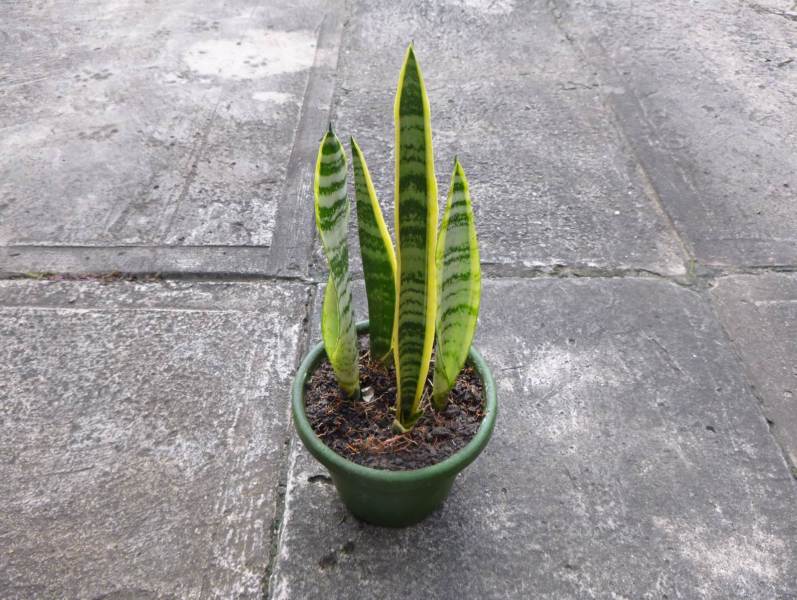
Commonly known as the snake plant or the mother-in-law’s tongue, this plant is most distinguished by its sharp leaves. In fact, this sharp appearance of the foliage is enough to dissuade snakes from approaching. The viper’s bowstring hemp can be grown through cuttings placed in potting soil.
It thrives in bright light and it can be grown during any season. Moreover, this can be grown indoors to help improve the air circulation. This plant has a decent tolerance to drought but it should not be exposed to strong cold winds and sudden frosts.
6. Mugwort
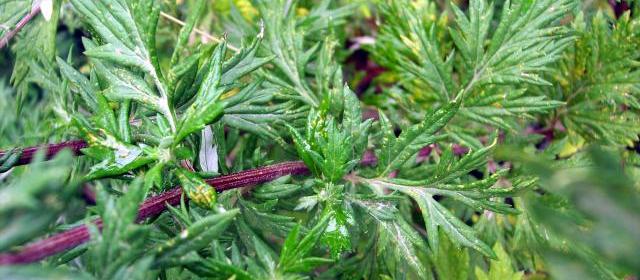
Otherwise known as wormwood or chrysanthemum weed, the mugwort plant has long been used as traditional medicine in China, Korea, and Japan. It has essential oils that have insecticidal characteristics. As for its physical features, the mugwort has stems that could easily reach a height of three feet or more.
While the reason isn’t exactly known, snakes tend to veer away from mugworts. While this is a good thing, you must be prepared for how fast mugworts can spread around your garden. They won’t quickly wither even if they aren’t well-maintained.
7. West Indian Lemongrass
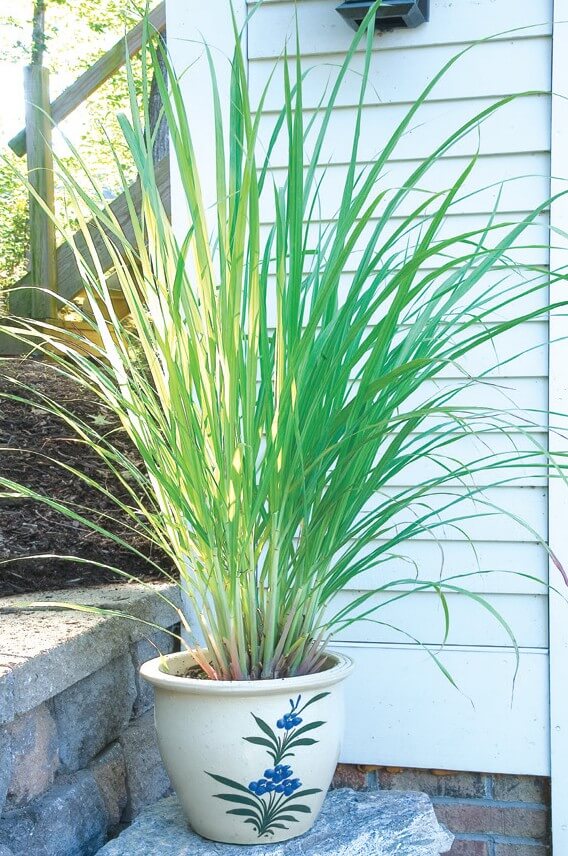
Finally, you can never go wrong with the West Indian Lemongrass if you want to repel snakes from your property. This tropical plant releases a citrus-like odor that snakes to do not like. What’s even better is that it is a low-maintenance plant.
All you have to do is to water it adequately, especially during the summer when the leaves dry out faster. The West Indian Lemongrass grows fast and it can reach a height of 1.5 meters. Furthermore, the perennial grass is tolerant to drought and will thrive if grown in fertile and moist soil.
Overall, you can prevent snakes from loitering on your property through the proper placement of particular plants. They won’t completely stop them from entering, but these snake-repellent plants should be a part of your strategy. We hope that you learned quite a bit from our guide. If you have any queries, do send us a comment.


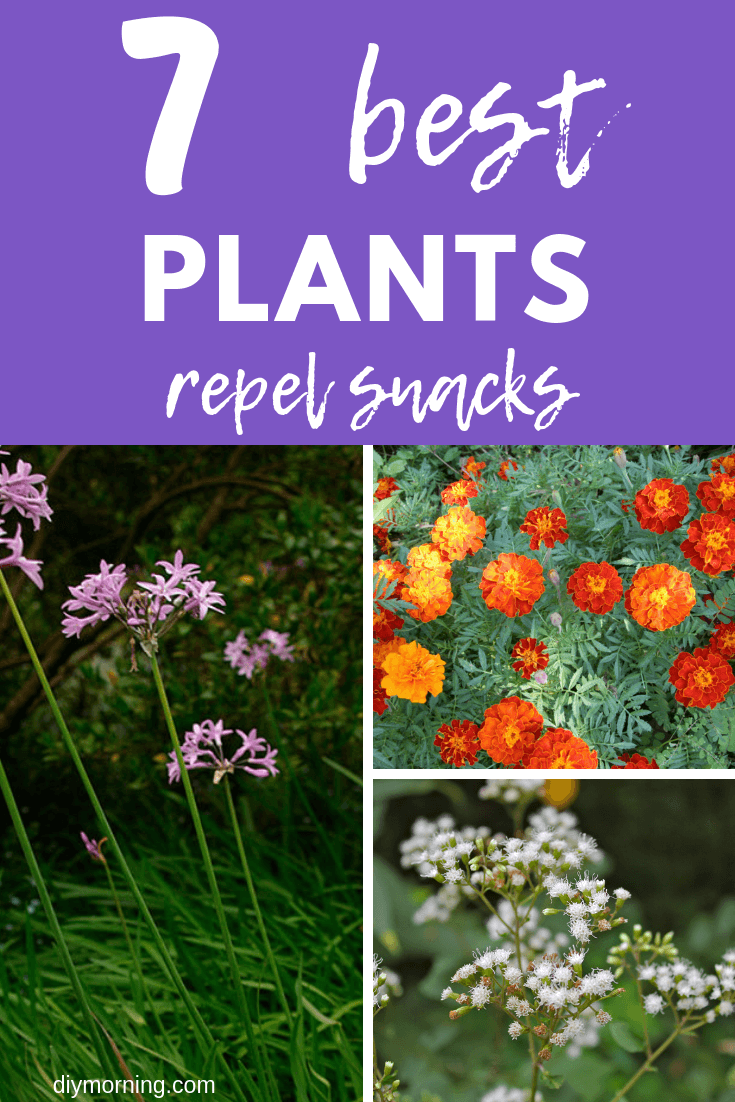



Thanks for the best plant ideas
GOD WILLING I WILL CONTINUE MY SEARCH ANOTHER TIME. VERY REFRESHING. THANKS
Thanks the ideas. How far these plants are effective?
What will grow in wyoming? Inhave a snake infestation
I think your ideas are good, but I also think rosemary and mint and garlic, lavender and lemon are amazing.
Thank you for the pictorials, I will be able plant a few to manage the snake population in our farm. Midila, Kenya
Thanks for the information.bv Prasad
These are great ideas. I will plant any of these plants in my yard. Thank you.
Will lemon rind help repel snakes?
Not sure but as long as it’s fresh, most likely yes.
Better to get seeds and plant around you if possible.
Garlic and onion seeds are common and good to plant.
Thank for the ideas I am ready to plant the ones I can find in GA.
R
Thanks and bless you for these great ideas. I’m starting a goat farm so it’s quite timeous for me as goats hardly survive snake bites.